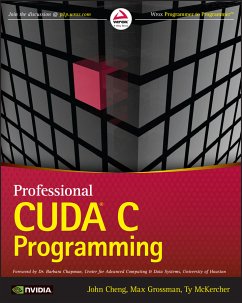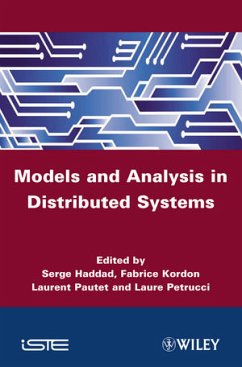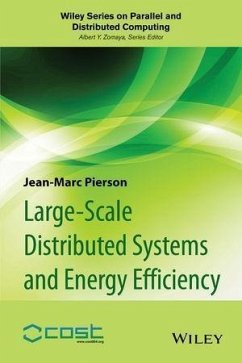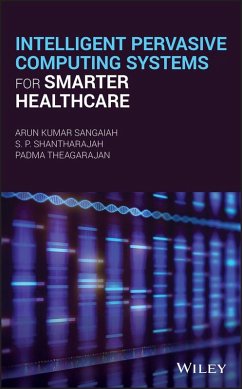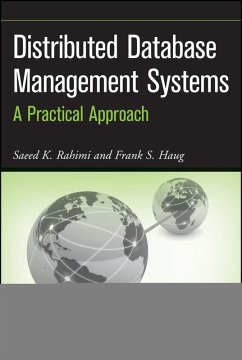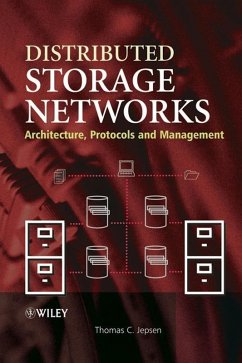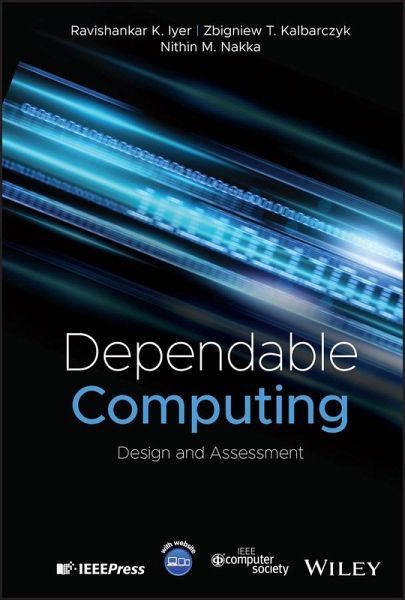
Dependable Computing (eBook, ePUB)
Design and Assessment
Versandkostenfrei!
Sofort per Download lieferbar
115,99 €
inkl. MwSt.
Weitere Ausgaben:

PAYBACK Punkte
0 °P sammeln!
Dependable Computing Covering dependability from software and hardware perspectives Dependable Computing: Design and Assessment looks at both the software and hardware aspects of dependability. This book: * Provides an in-depth examination of dependability/fault tolerance topics * Describes dependability taxonomy, and briefly contrasts classical techniques with their modern counterparts or extensions * Walks up the system stack from the hardware logic via operating systems up to software applications with respect to how they are hardened for dependability * Describes the use of measurement-bas...
Dependable Computing Covering dependability from software and hardware perspectives Dependable Computing: Design and Assessment looks at both the software and hardware aspects of dependability. This book: * Provides an in-depth examination of dependability/fault tolerance topics * Describes dependability taxonomy, and briefly contrasts classical techniques with their modern counterparts or extensions * Walks up the system stack from the hardware logic via operating systems up to software applications with respect to how they are hardened for dependability * Describes the use of measurement-based analysis of computing systems * Illustrates technology through real-life applications * Discusses security attacks and unique dependability requirements for emerging applications, e.g., smart electric power grids and cloud computing * Finally, using critical societal applications such as autonomous vehicles, large-scale clouds, and engineering solutions for healthcare, the book illustrates the emerging challenges faced in making artificial intelligence (AI) and its applications dependable and trustworthy. This book is suitable for those studying in the fields of computer engineering and computer science. Professionals who are working within the new reality to ensure dependable computing will find helpful information to support their efforts. With the support of practical case studies and use cases from both academia and real-world deployments, the book provides a journey of developments that include the impact of artificial intelligence and machine learning on this ever-growing field. This book offers a single compendium that spans the myriad areas in which dependability has been applied, providing theoretical concepts and applied knowledge with content that will excite a beginner, and rigor that will satisfy an expert. Accompanying the book is an online repository of problem sets and solutions, as well as slides for instructors, that span the chapters of the book.
Dieser Download kann aus rechtlichen Gründen nur mit Rechnungsadresse in A, B, BG, CY, CZ, D, DK, EW, E, FIN, F, GR, HR, H, IRL, I, LT, L, LR, M, NL, PL, P, R, S, SLO, SK ausgeliefert werden.







